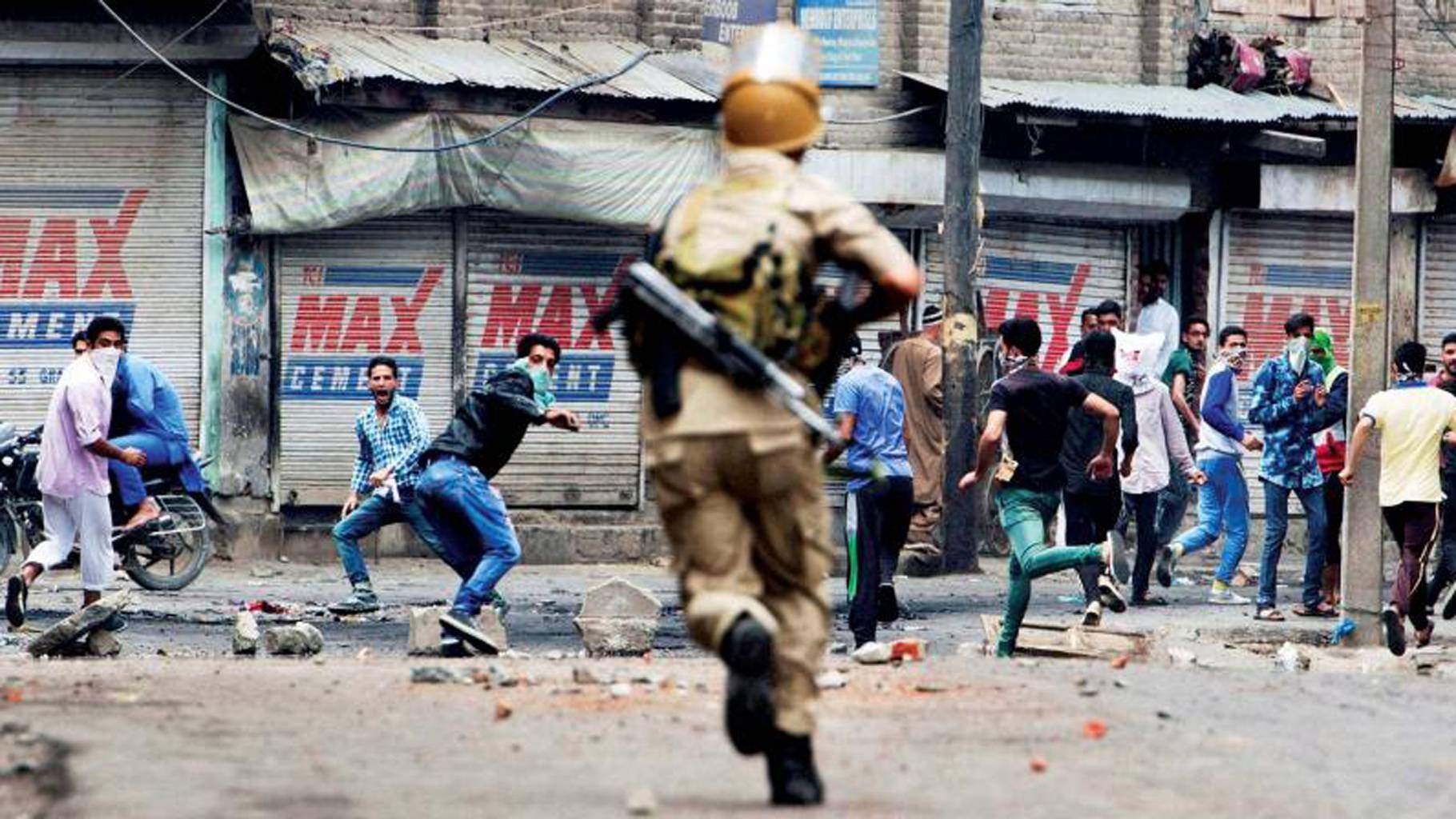
J&K : Is There a Serious Threat to Today’s Good Times?
 Mon, 23 May 2022
| Reading Time: 7 minutes
Mon, 23 May 2022
| Reading Time: 7 minutes

It is always good to review the security situation in regions which have faced major internal security challenges in the past. In the case of J&K, which suffered intense terrorism for over 30 years, the situation continues to remain a developing one because the Pakistan sponsored proxy war launched from across the LoC has not ceased and neither has the intent of the adversary.
India has strategized using different domains and contained the proxy war efforts to a great extent but there is uncertainty whether the proverbial hump has yet been crossed. In comparison to the statistics of the past, today’s figures look minuscule but when seen contextually they could also project concern about the situation. Figures of targeted minority killings indicate 12 fatalities this year (2022) which includes Kashmiri Pandits and other Hindus. Many Kashmiri Muslims have also been targeted. Targeting of minorities or non-Kashmiri migrants is one of the easiest actions on the part of the terror groups especially when they have adopted a hit and run strategy using motorcycle borne terrorists armed with pistols. Even terrorist targeting of a minority village is never too difficult unless there is a coordinated provision of security to these villages.
Looking at J&K peripherally everything seems good. There is a fine tourist season going on. Prices of airline tickets to Srinagar are high and about to skyrocket; that is usually an indicator of good times which in J&K’s case are required aplenty. The Union Territory is under Central control for the present, so there is a direct oversight too. The last two months have witnessed a publicity blitz in the print media showcasing the development programs that have been initiated by the government under the Lt Governor. None can doubt that development activity is at high energy levels.
However, J&K does have a history of some infrequent moments of very high levels of stability giving rise to tourism and other positive contributors to the economy. It’s also an unfortunate truism that such good times have often ended very negatively. I recall being in Gulmarg in June 2008 when a tourist’s round of the circular road on pony back cost Rupees 750. Two days later when the Shri Amarnath Shrine Board agitation started, the tourists vanished and the cost of the same ride was Rupees 15. The street agitation in 2008 hit most of Kashmir without any anticipation or forewarning. However, with the amendment of Article 370 on 5 August 2022 we have been witnessing a downturn in tension and turbulence.
Many analysts, including me, credited the intelligence agencies for successfully targeting the plethora of networks which keep proliferating in J&K. This prevented a 2008 type surprise and from August 2019 to October 2021 peace largely prevailed. The Covid lockdown prevented much activity and in February 2021 a successful ceasefire was again declared at the LoC; since then, very few infringements have taken place and Pakistan has also been under the intense watchful eye of the FATF.
October 2021 suddenly saw a resurgence of violence in two areas; the Hilkaka jungles south of the Pir Panjal and the targeting of Kashmiri Hindus and migrants from Rest of India, including Muslims, in the Kashmir Valley. These appeared unconnected but when there is a larger intent of keeping the proxy war going and the trigger is an altered situation in Afghanistan, everything connects. For the Pakistani masters of the proxies, much has been invested in J&K and it’s not easy to simply take a step back from it.
The internal situation in Pakistan is simply not conducive to taking risk and there is tension with the Chinese over the Belt and Road Initiative (BRI), loan servicing and the terror related casualties that the Chinese labour seems to be suffering while working in Pakistan. Thus, if the deep state in Pakistan is prudent (and there is no reason to believe they are not) then the strategy for J&K should ensure a mix of some visibility and lots of covert action.
Minority targeting is simply the most convenient ploy; it can easily shift to targeting off duty policemen, soldiers on leave or even officials of the Panchayati Raj system. These are domains in which the Indian Security Forces (SF) will always have limitations because individual security is never easy. These killings are the visible part which keeps the Separatist movement relevant without the direct presence or involvement of the high-profile Separatists. Without this the Indian Government had the bragging rights of creating a situation of total stability moving towards elections for political empowerment and eventually complete peace. Pakistan may take a backseat on many things but will work earnestly towards denying the Indian Government an opportunity to have those bragging rights.
Former R&AW Chief AS Dullat, in a recent interview alluded to there being active Pakistani modules working overtime on denying any normalcy for the minority elements. He quoted the recent assassination of Rahul Bhatt, a Kashmiri Pandit State Government official who worked at Chadoora tehsil under the Budgam district, stating that it was done to deny any Kashmiri Pandit taking up work in government offices, particularly those involved with management of demographics.
I have in all my previous analyses deduced the need for activation of Kashmiri Muslim civil society if Kashmir wishes to see the end to these targeted killings. Civil society has to isolate and neutralize the extremist elements within by taking ownership of the safety of the minorities. The realization has to dawn on them that normalcy in Kashmir can only be achieved if the environment for the safe living and working of the Kashmiri Pandits is achieved.
However, this is very difficult in the face of the onslaught of ideological influence which is continuing in Kashmir. Dullat talks of the Jamat e Islami (Kashmir) (JeI-K) having revived substantially despite the ban imposed in early 2019. Most sources on ground tend to confirm this. As stated, many times before, the SF appear to have been very successful in drastically reducing the strength of terror groups, along with the intelligence agencies achieving marked success in neutralizing a number of functioning networks in Kashmir; these include narcotics, safe houses, finances, arms and ammunition, transport, legal and even media.
What we perhaps have failed to limit or curb is the proliferation of ideological networks which are fully exploiting the modern means of communication and information technology. 49 cases of local recruitment have been reported in this calendar year; a direct result of the ideological motivation in the environment. It is adding to the numbers of terrorists without successful infiltration being achieved. Such numbers can sustain a low-level militancy with spurts of high for fairly long but that is not important. The significant thing is that this low-level activity can retain relevance for Separatism, continue to cultivate radical ideology and maintain all the networks which can be activated when the geopolitical environment and the external convenience is perceived as conducive.
The entire world is facing a challenge handling this and different solutions are being attempted. In our case there is already a festering proxy war being fed on ideology and unless that is not controlled, all other measures such as return of democracy, restoration of status of a State or improved quality of life on basis of some good development work being executed by the government, will fail to achieve much in the stabilization process towards normalcy. I wish to repeat my oft quoted idiom to reinforce the above argument – ‘the absence of violence is not peace’.
We need to get a measure of the less visible aspects in J&K and this includes a reasonably strong backlash which is quite intensely anti-India. There is no denying the fact that some excellent work has been done in recent months in bringing patriotic symbolism to Kashmir. The Army’s outreach program is extremely energetic but the dent being made is akin to political rallies where even after long engagements with the public no one can predict which way the dice will roll.
Kashmir’s public has become adept at shrouding its preferences and its leanings making it extremely difficult to read the mind. What is worrying the Kashmir public is the lack of legal clarity on various issues related to demographics. There is no active political community which can step in to explain things. The cleavage in the political community is not conducive to create the right environment. One can anticipate that the political process towards finally returning J&K to democracy will not be very pleasant and predictability is something yet very far away.
The geopolitics of the region are once again changing with the US returning an eye of interest towards Pakistan’s affairs conforming to what has always been said – that Pakistan remains a geostrategic compulsion for the US. Does this augur better times or emboldening of Pakistan to continue its proxy war with greater vigour?
The US has never in the past been able to sufficiently rein in Pakistan on J&K. This time it has another opportunity with Pakistan’s economy in ruin and all loan related issues being finally decided by the US sponsored IMF negotiations.
At some stage some security buff in Pakistan is going to advise the deep state that the longer the J&K situation remains in suspended animation from their side the greater are the chances that India will find more solutions and thus achieve greater stabilization. It is then the overground worker network is going to get energized and a surprise package of extreme negativity will be attempted; not necessarily a single event such as Pulwama or Uri.
We have achieved much in our J&K policy, but perhaps yet not enough. It’s almost like an IPL coach demanding the last ounce of energy from a strike bowler. Our frequent reviews of the situation must now result in a completely integrated approach to target a few inconsistencies which are marring the situation.
A united political approach is a near impossibility but has been attempted in the recent past. Frequent visits of the highest officials bring the right sensitivity; the Home Minister’s visit a few months ago was taken very positively. More consultation on the issue of diluting radical ideology in the society among the young and preventing terror recruitment is needed through more frequent and informed outreach.
Being prepared for any contingency, especially an uptick in preparing for the grey (gray) zone campaign which is already beginning to target us. This is the area which the Government needs to consider with a holistic approach taking on board various entities, from the academic to the uniformed. Shri Amarnathji Yatra 2022 is being organised after two years. Considering its strategic importance and reverence it is a high-profile event and needs all resources for its security. No chances should be taken on this.
It’s also time that we stopped viewing J&K in isolation. The entire swathe of territory from Punjab to J&K and Ladakh is the potential target of our adversaries. While a conventional approach towards targeting our security in the region is a far cry, it is the domain of gray zone which remains the main threat. We have yet to fully comprehend the nuances of this type of conflict and its scope remains extremely vast. Studying all three areas from this angle should form part of our preparedness.
Finally, it’s important to sign off by stating that the developing international environment will bring in its wake unrealized opportunities and threats. It’s for us to correctly predict what these could be and grab and neutralize them very early. More on this as we progress through the hot summer.
**************
Reference for image – stone pelting kashmir images – Bing images
Disclaimer
The opinions expressed in this article are the author’s own and do not reflect the views of Chanakya Forum. All information provided in this article including timeliness, completeness, accuracy, suitability or validity of information referenced therein, is the sole responsibility of the author. www.chanakyaforum.com does not assume any responsibility for the same.
Chanakya Forum is now on . Click here to join our channel (@ChanakyaForum) and stay updated with the latest headlines and articles.
Important
We work round the clock to bring you the finest articles and updates from around the world. There is a team that works tirelessly to ensure that you have a seamless reading experience. But all this costs money. Please support us so that we keep doing what we do best. Happy Reading
Support Us






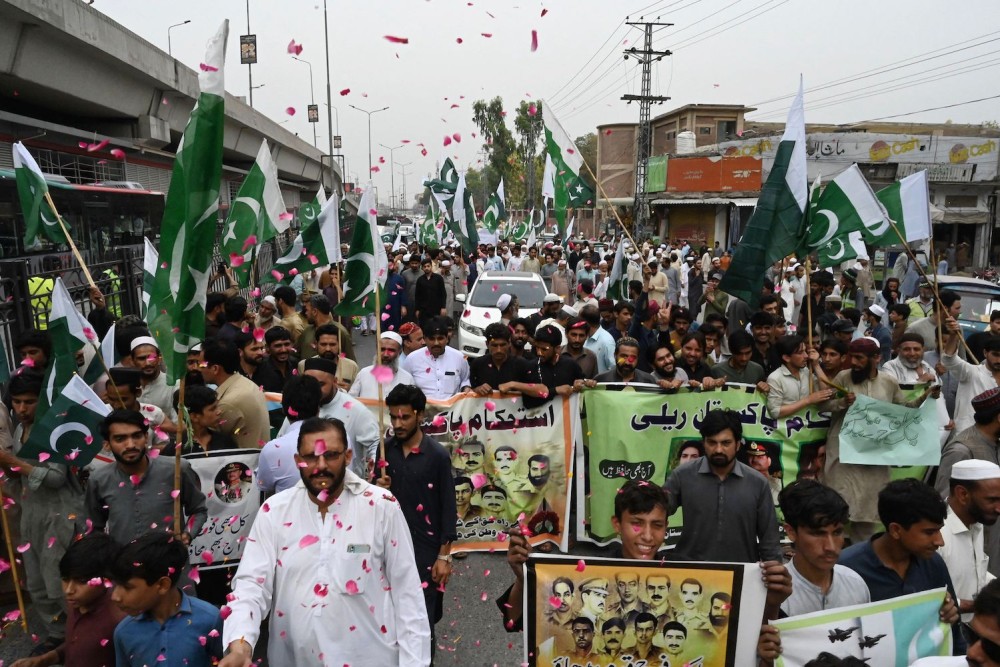
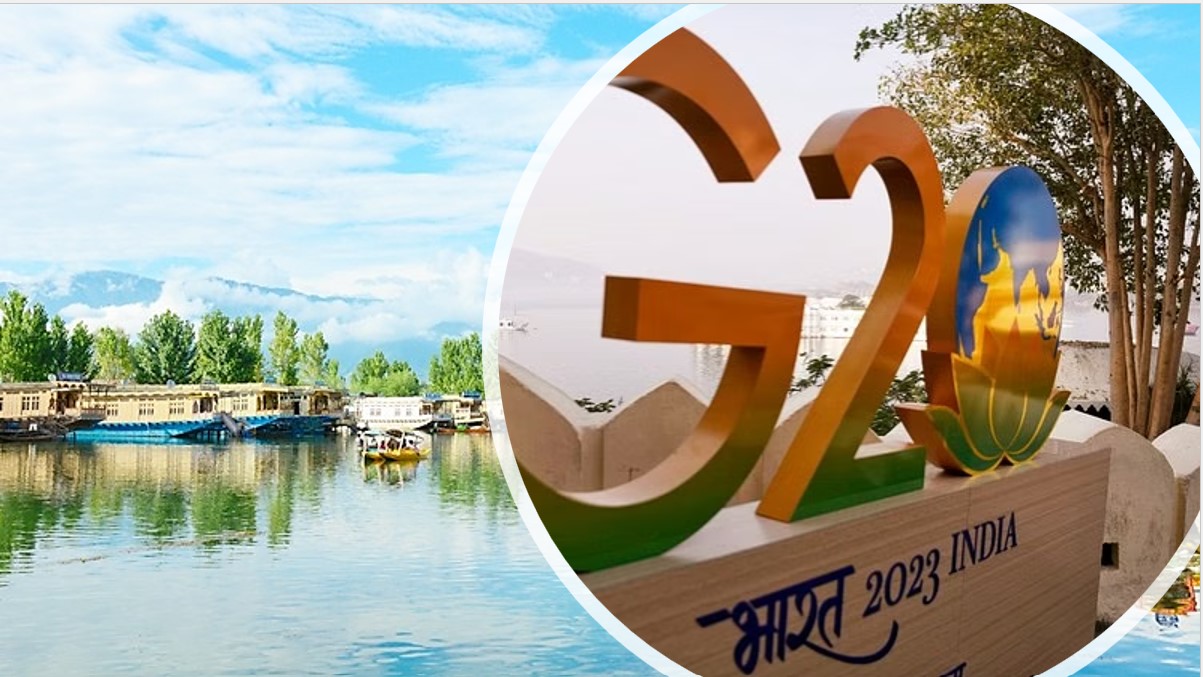
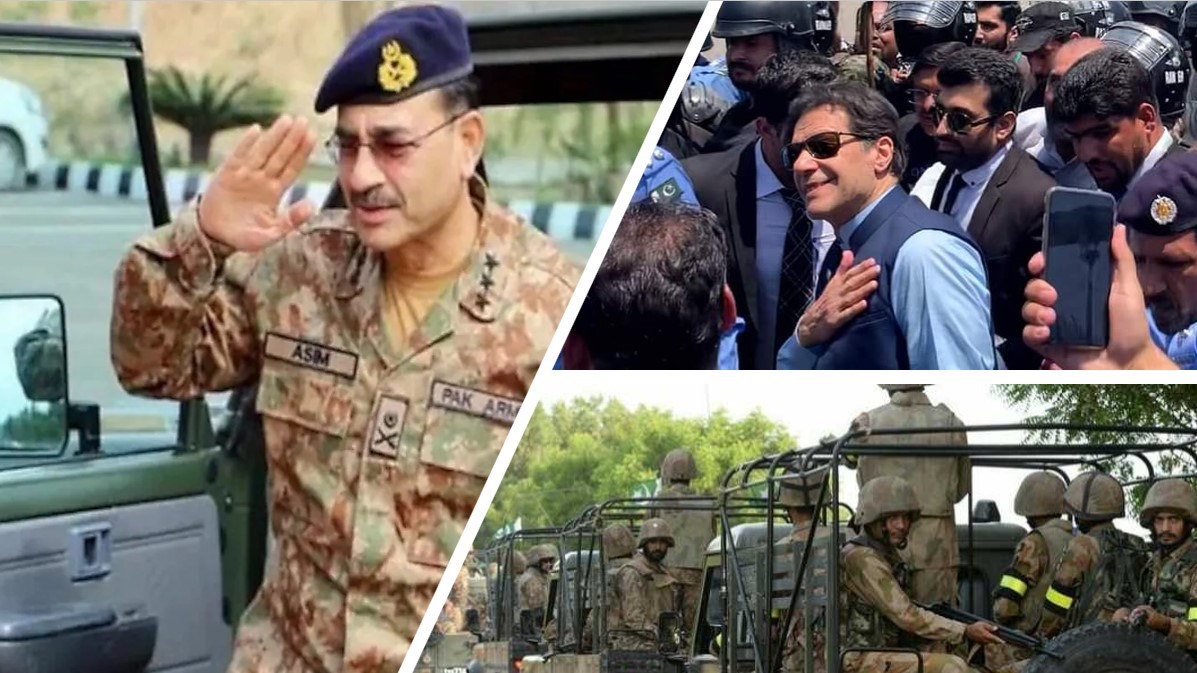
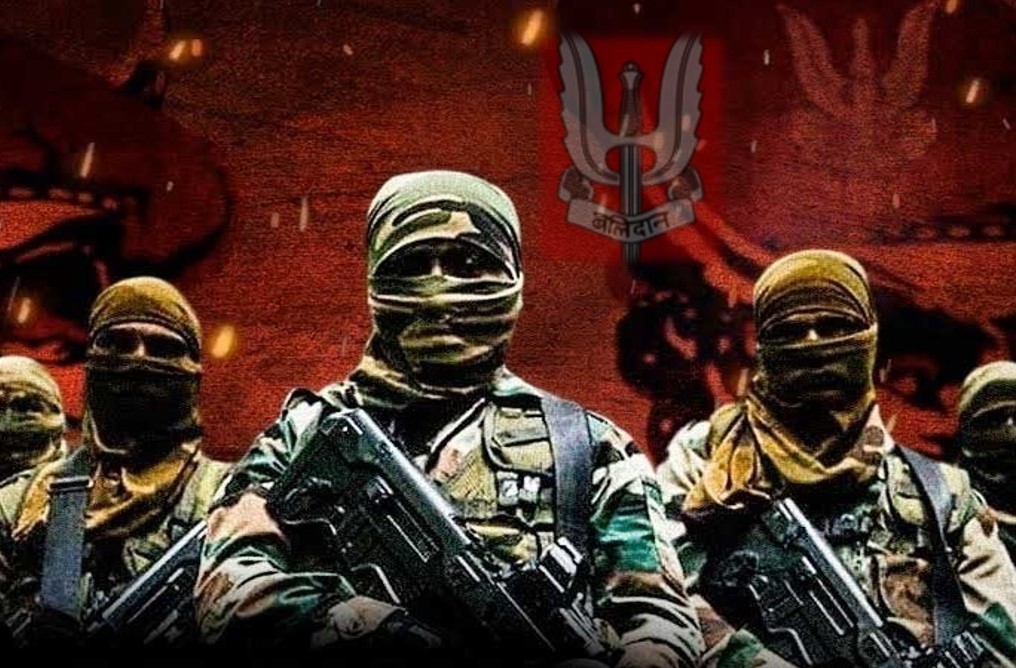
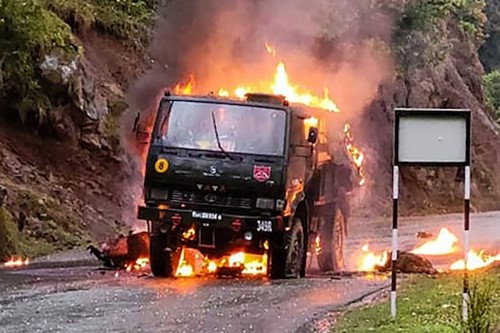
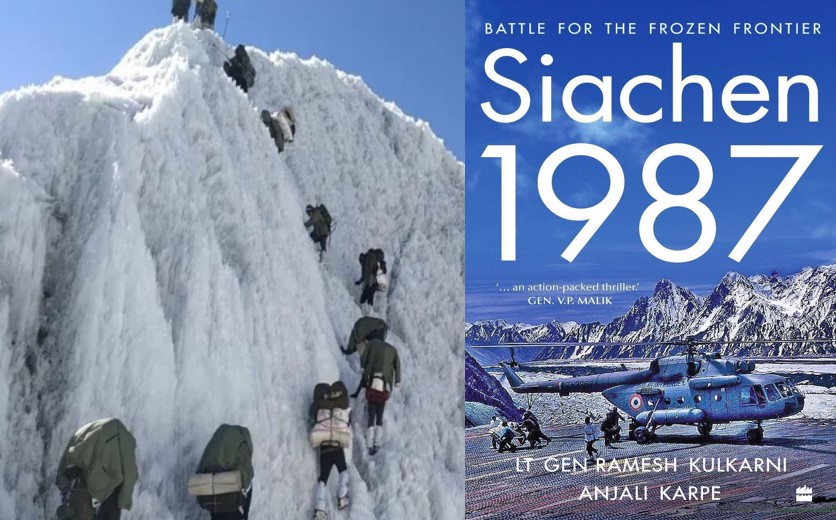
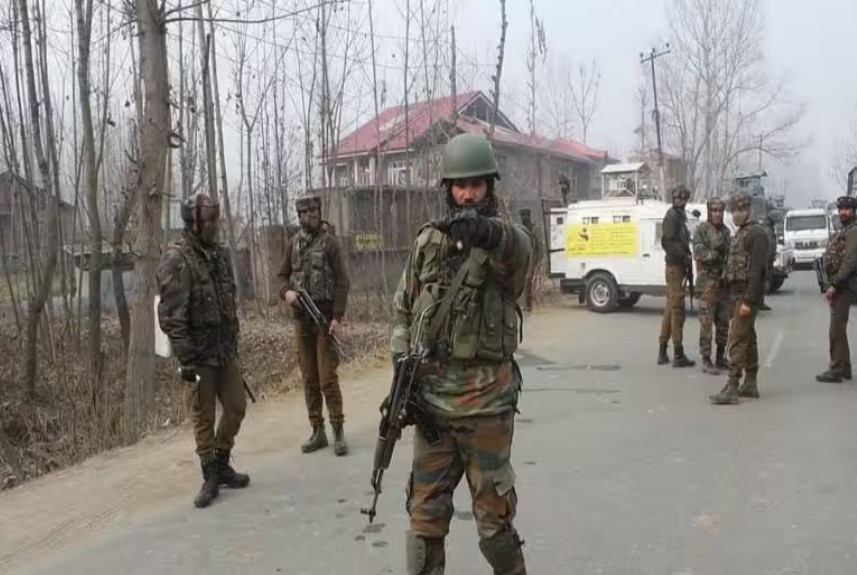
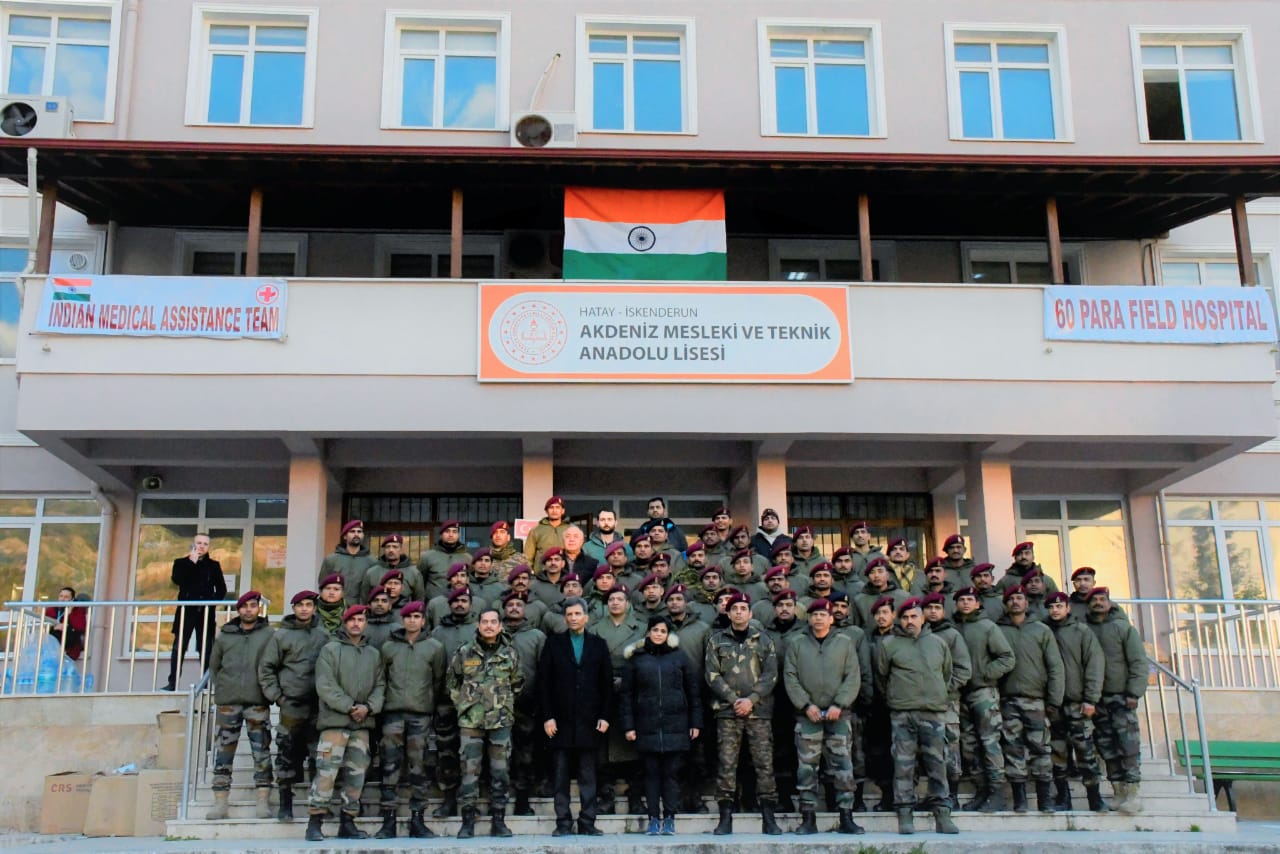







POST COMMENTS (0)